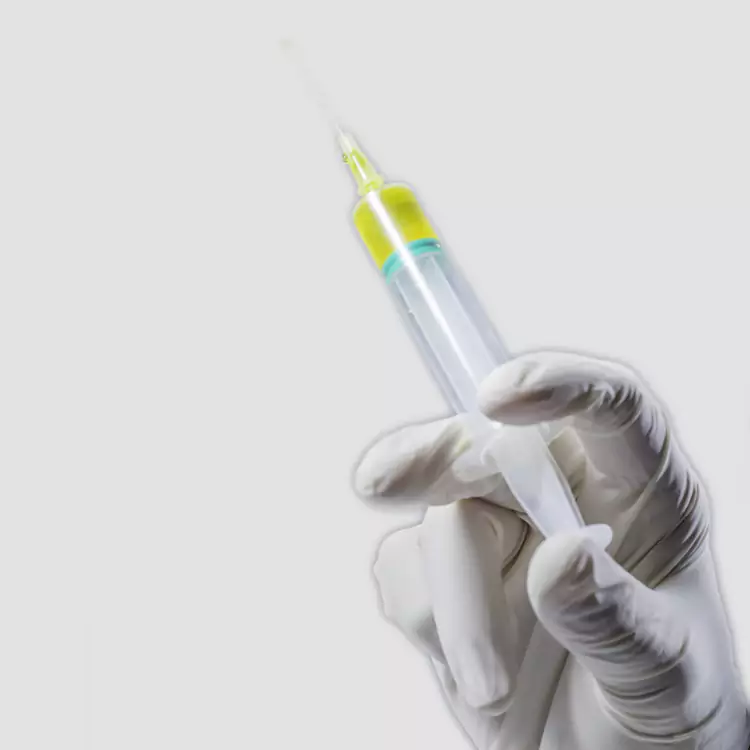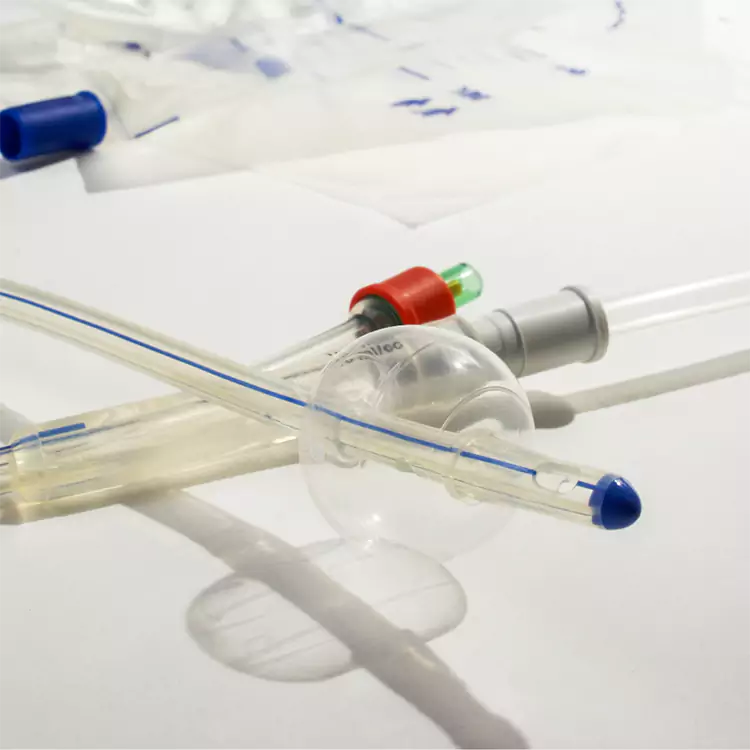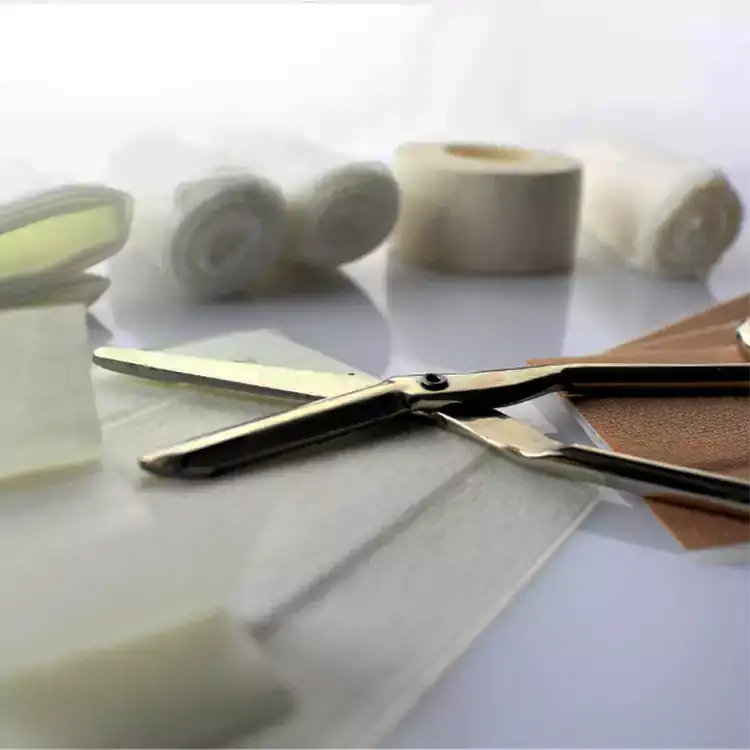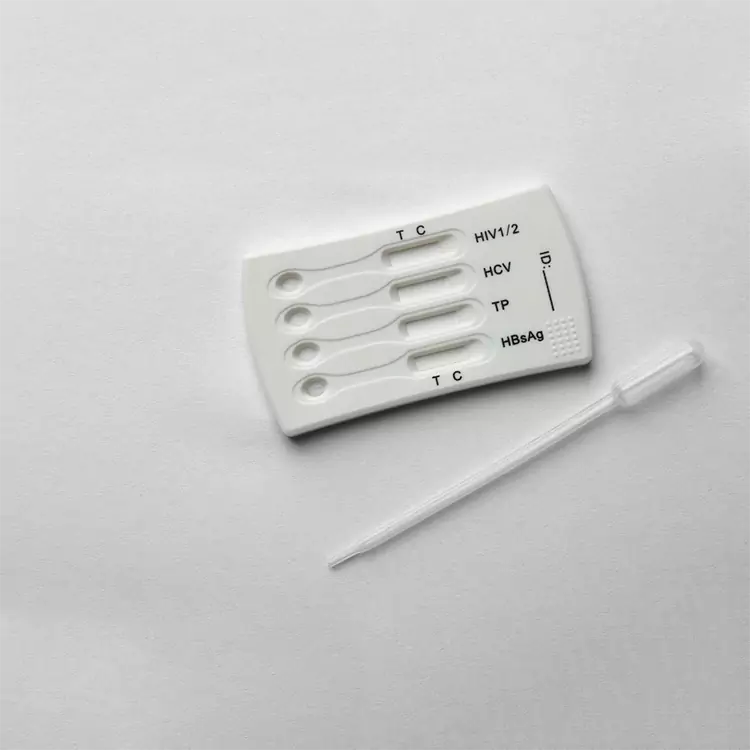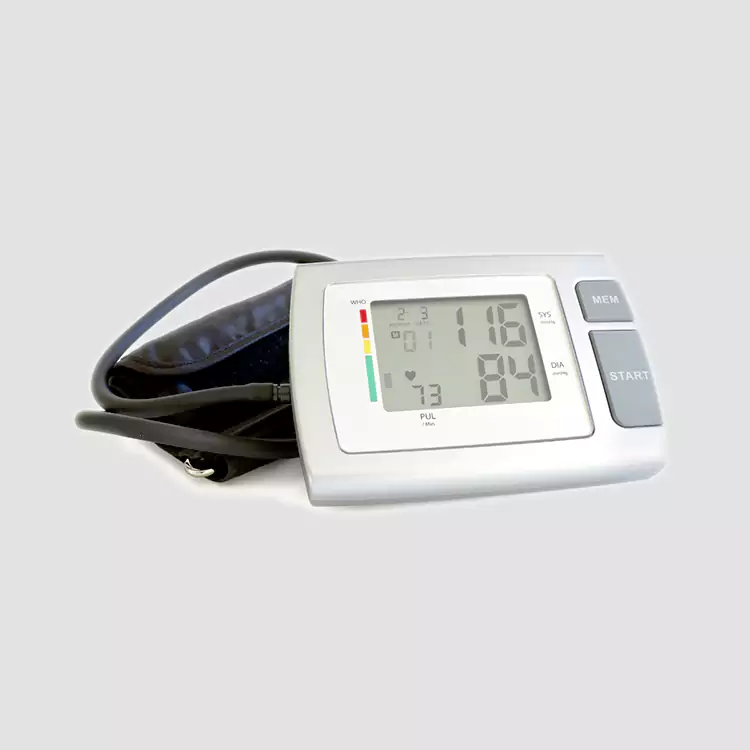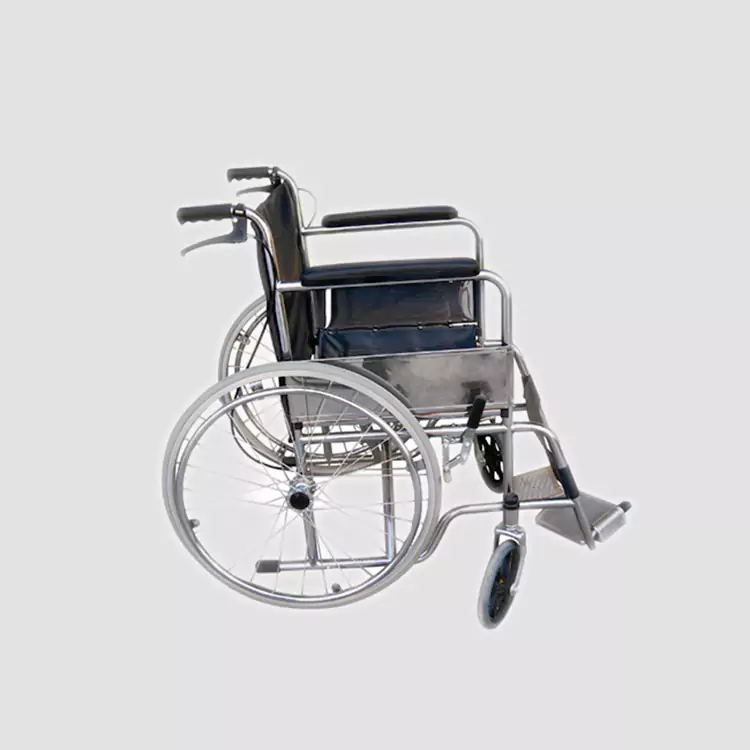What are Medical Devices?
Medical devices are instruments that are used to diagnose, prevent, or treat health concerns. They can range from simple tools such as bandages and thermometers to specialized devices like VTM kits and spinal needles. Medical instruments support healthcare professionals in providing care and improving quality of life.
Medical devices also play a critical role in monitoring health conditions and aiding in therapeutic treatments. They provide important data that allow healthcare professionals to track a patient’s health over time and respond to any changes in their condition. Devices such as injection instruments, rapid test kits, medical disposables, and skin and wound care products are all key in supporting various aspects of patient care.
In addition, home use medical devices such as blood pressure monitors, blood glucose meters, or nebulizers empower individuals to manage their health conditions more effectively. The ability to monitor one’s own health metrics can lead to earlier detection of health issues, potentially avoiding severe complications. These help ease the burden of disease management and enable individuals to take a more proactive approach to their care. Moreover, such devices aid in reducing healthcare costs and hospital admissions.
What are Medical Devices used for?
What is the purpose of Medical Devices?
Medical devices mainly aid in diagnosing, treating, and preventing health conditions, but they are also used for patient monitoring outside of clinics and hospitals. Some medical instruments provide support for body functions, significantly improving the quality of life for patients with specific health conditions.
Can Medical Devices be used at home?
Yes, many medical devices are designed for home use. These include devices such as blood pressure monitors, glucose meters, and portable oxygen devices. It’s important that patients receive appropriate training to use these devices safely and effectively. Regular maintenance, such as cleaning and calibration, is also necessary for certain devices to function accurately.
Can Medical Devices be for shared use?
Sharing of medical devices largely depends on the nature of the device and its intended use. While some instruments, like blood pressure monitors or thermometers, can be shared among users, it’s paramount that they are cleaned and disinfected properly between uses to avoid cross-contamination and to ensure accurate readings. On the other hand, certain medical devices, such as wound care items, insulin pens, or nebulizers, are designed for individual use. Sharing these types of devices can pose significant risks, including the transmission of infections, cross-contamination, and inaccurate dosing.
How do Medical Devices differ from medical equipment?
Medical devices are often designed for specific diagnostic or therapeutic purposes, such as blood glucose monitors, fingertip pulse oximeters, and blood lancets. In contrast, medical equipment usually refers to larger tools or machinery used in healthcare settings, like X-ray machines, MRI machines, or surgical tables. Both serve vital functions but have different scales and complexities of operation.
What are the safety regulations for Medical Devices?
Medical devices are regulated by health authorities in various countries to ensure patient safety and device effectiveness. Regulations typically require rigorous testing, clinical trials, and periodic inspections. For instance, in the US, the Food and Drug Administration (FDA) oversees medical device approvals and safety monitoring, ensuring that they meet stringent standards before reaching consumers.
How should Medical Devices be maintained?
Maintenance requirements differ among devices. It’s crucial to follow the manufacturer’s guidelines provided with the product. This might involve regular cleaning, periodic calibration, battery replacement, or other specific actions. Ensuring proper maintenance not only prolongs the device’s lifespan but also ensures its accuracy and safety for the user.

